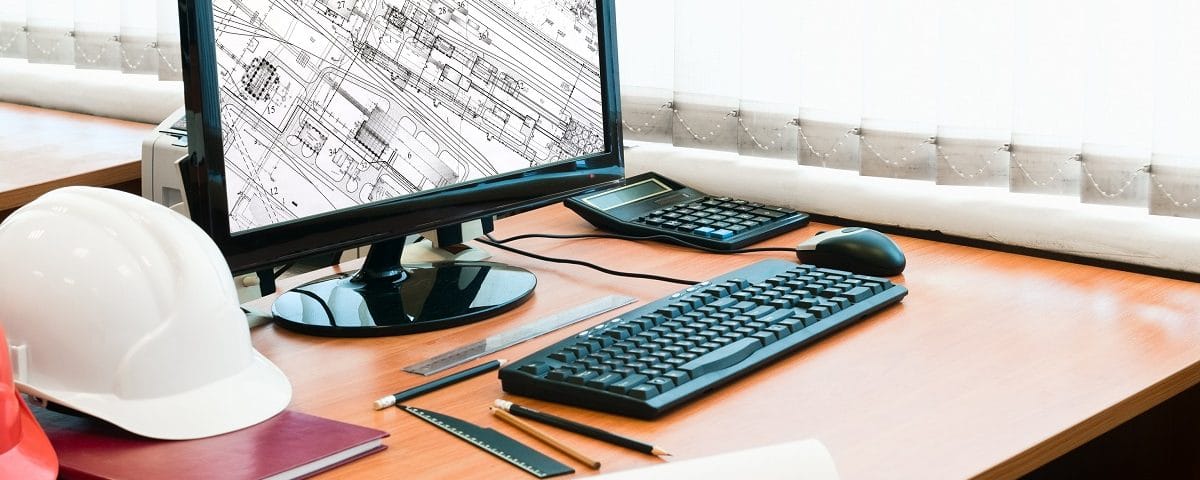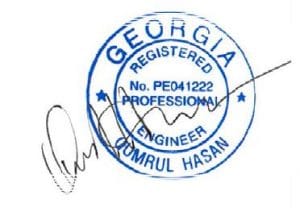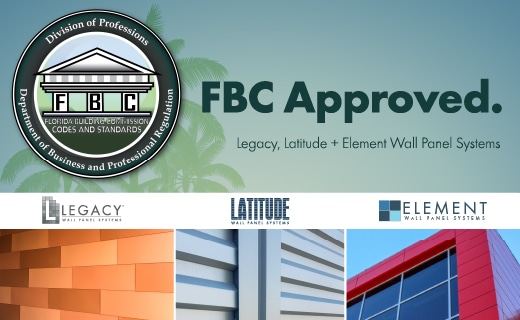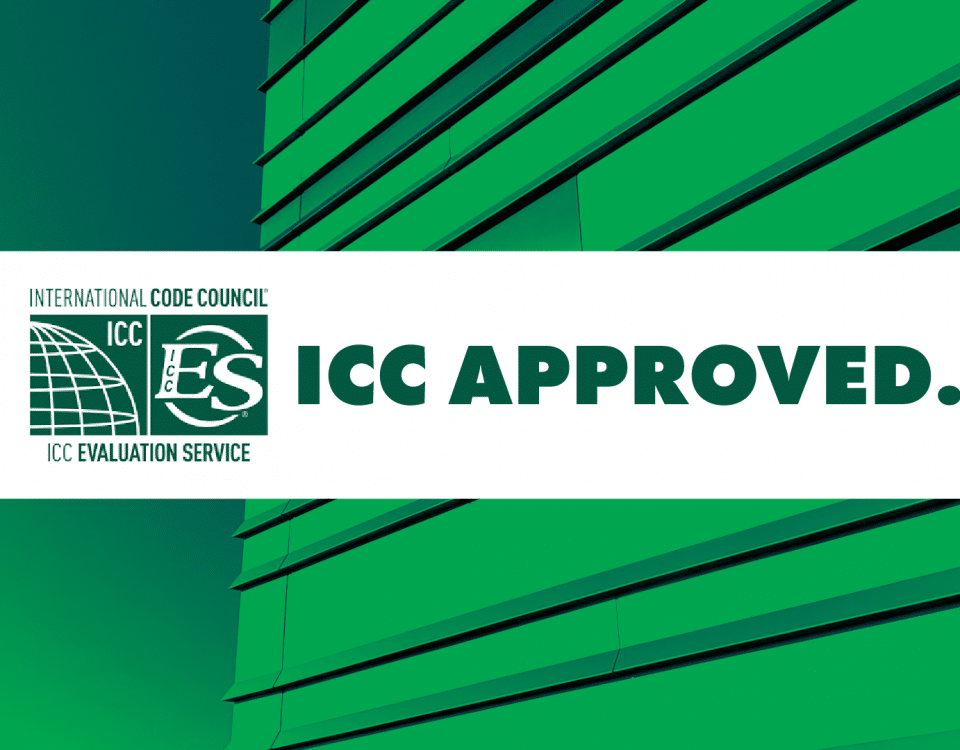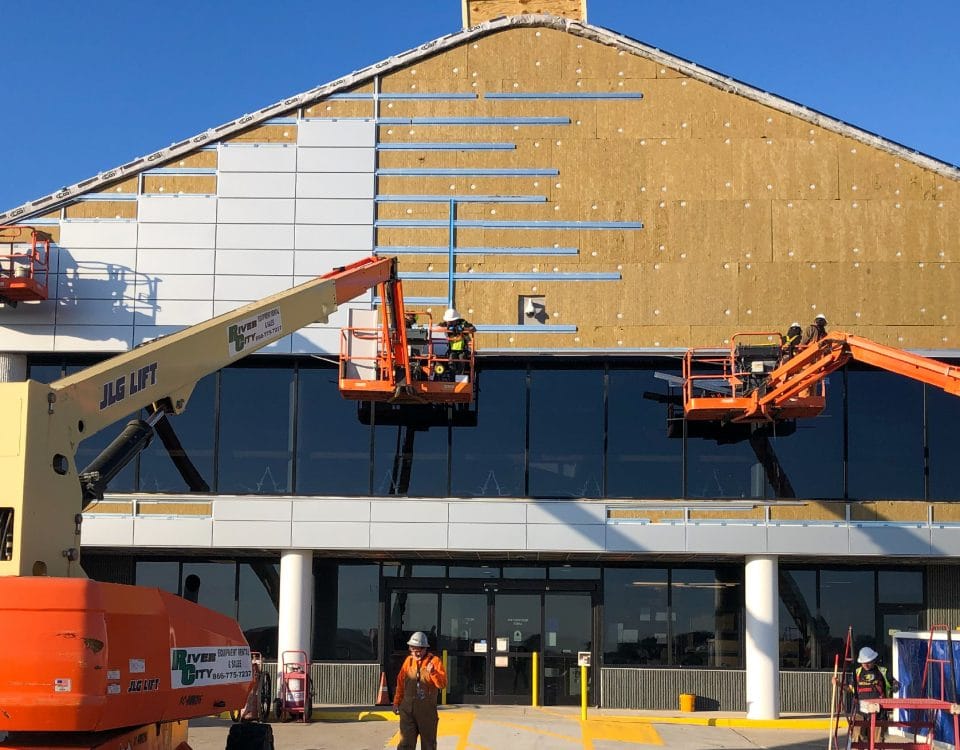Wall Cladding Testing: ASTM E330 vs. ASTM E1592
The International Building Code (IBC) requires the use of ASCE 7 to determine wind uplift pressures for all buildings. ASCE 7-10 is the current version that is referenced in the 2012 editions of the IBC. Per IBC all metal cladding panels must be tested as appropriate for the application of the cladding.
ASTM E1592: This test method (a.k.a “Bag Test”) is an evaluation of the structural performance of sheet metal panels
under static air pressure applied to the underside of the roof assembly.
- ASTM E1592 is tested over open framing
- Focuses on single layer construction
- Real world application would be uplift pressures acting roof panel due to wind
ASTM E1592 has been in use for roofing industries for years and was specially designed for roofing product structural evaluations. This test only measures pressures in one direction (such as a roof would experience in it’s life cycle).
ASTM E1592 is a static test only and doesn’t consider cyclical loads.
ASTM E330: This test method test the structural performance of windows, doors, skylights, and curtain walls under static air pressure.
- This would be comparable to the ASTM E1592 except it is for walls specifically
- Real world application would be how wind load acts on a wall system
Over the past decade or so, ASTM E330 has been used exclusively to test wall panel cladding. E330 takes into consideration vertical application of the product rather than being horizontal. It is currently accepted as a suitable test method for approval for the following agencies:
- Florida Building Code
- Miami Dade County
- TX TDI
- FEMA
Please contact IMETCO Engineering for more information.



